(Oregon Right to Life) — If you’ve ever been in a conversation with someone about abortion and heard them say something like: “Nobody has a right to use someone else’s body without their consent,” you’re already familiar with the reasoning proposed in what’s commonly called “the violinist argument.”
Now more than 50 years old, the argument was published before Roe v. Wade, and has deeply influenced how people talk about abortion in the United States. The argument is significant because it grants a huge pro-life premise: that the unborn are human beings. But its attempt to argue that abortion is justifiable even though the unborn are human beings has numerous serious problems.
What is the “violinist argument?”
In 1971, American philosopher Judith Jarvis Thomson wrote an article entitled: “In Defense of Abortion.” In it, she takes issue with the basic pro-life argument that, if a fetus is a human being, it must therefore follow that abortion is wrong.
To illustrate the alleged problems with this position, she presents the following analogy:
“[I]magine this. You wake up in the morning and find yourself back to back in bed with an unconscious violinist. A famous unconscious violinist. He has been found to have a fatal kidney ailment, and the Society of Music Lovers has canvassed all the available medical records and found that you alone have the right blood type to help. They have therefore kidnapped you, and last night the violinist’s circulatory system was plugged into yours, so that your kidneys can be used to extract poisons from his blood as well as your own. The director of the hospital now tells you, ‘Look, we’re sorry the Society of Music Lovers did this to you — we would never have permitted it if we had known. But still, they did it, and the violinist is now plugged into you. To unplug you would be to kill him. But never mind, it’s only for nine months. By then he will have recovered from his ailment, and can safely be unplugged from you.’ Is it morally incumbent on you to accede to this situation? No doubt it would be very nice of you if you did, a great kindness. But do you have to accede to it?”
Why is the violinist argument so popular?
The violinist argument works – and is popular – because it taps into a very strong intuition that our self-determination is fundamentally important. Nobody can force us to do anything against our will, and they certainly shouldn’t have the right to use our bodies to survive if we don’t want them to, right? No person or government (or group of rogue music enthusiasts) has the right to force us to donate our organs, even if it would save the life of a person who would otherwise die. Though flawed, the argument certainly has elements that appeal to our instincts and desire for autonomy.
Does the argument attempt to prove that abortion is always justified?
In her article, Thomson asserts that abortion is sometimes justifiable. She grants – for the sake of argument – that the unborn are human beings, but argues that they still do not have the right to their mother’s body.
For Thomson, the violinist analogy provides an apt enough comparison to abortion to show “the permissibility of abortion in some cases.” But she says that some abortions would be “indecent” if done for superficial reasons.
Most importantly, Thomson makes clear that she is “not arguing for the right to secure the death of the unborn child.”
“I have argued that you are not morally required to spend nine months in bed, sustaining the life of that violinist, but to say this is by no means to say that if, when you unplug yourself, there is a miracle and he survives, you then have a right to turn round and slit his throat,” Thomson says.
This is one of two areas where Thomson’s violinist comparison and permissibility of “unplugging” truly falls apart.
What’s wrong with the violinist argument
There are many things that could be said about the violinist argument and why it doesn’t really justify abortion. The resources linked at the bottom of this article provide a more thorough analysis and rebuttal of the claims.
For now, we’ll focus on two main areas where the argument just doesn’t hold up:
1. A mother’s relationship to her unborn baby is not really comparable to the violinist analogy
- In the analogy, the two individuals are strangers to one another. But in the case of abortion, the unborn baby is the woman’s own child. We all have greater responsibilities and obligations toward those closest to us than we do to strangers. Parents have an inherent responsibility to care for – or at least ensure the care – of their own children.
- Unlike the bizarre scenario of the violinist analogy, pregnancy is a natural circumstance. It’s how we all grew and developed before we were born. The unborn child’s right to exist in the environment biologically designed to be compatible for her development is far greater than the fictional violinist’s right to use a kidnapped person’s kidneys.
2. Abortion is not just “unplugging”: It’s killing
- One of the biggest misrepresentations by the abortion industry is that abortion is simply a procedure that makes a pregnancy go away: it’s a woman choosing not to participate in the process of pregnancy. But that’s not what abortion really is.
- Whereas unplugging from the violinist would mean he would be left to succumb to his existing illness, abortion means intentionally taking the life of a growing human being. In surgical abortions, the fetus is killed through suctioning, induced cardiac arrest, poisoning, or dismemberment, and removed using metal tools or vacuums. In chemical abortions, the fetus is starved to death, and contractions are induced to expel the body from the womb.
- If a woman’s life is at risk from her pregnancy, pro-life advocates agree it is acceptable to induce early labor or perform a C-section, even if the baby is too young to survive. Early delivery in this case is intended to save the mother’s life in a severe circumstance in which both would die without intervention – which isn’t analogous to the violinist scenario. In this case, all efforts should still be made to care for the infant, rather than leaving her to die. Advancements in medical technology have made it possible for babies as young as 21 weeks to survive outside the womb.
More resources:
The violinist argument – or at least many of its components – are very common in the modern abortion debate. To explore the pro-life response to this argument in more detail, check out the resources below:
- DEBUNKING the Violinist Argument – Live Action
- Unstringing the violinist | The Case for Life | Scott Klusendorf
- Equal Rights Institute: Quick Response #5: Women Have the Right to Refuse the Use of Their Bodies—The Violinist Argument
- Violinist Reasoning. SPECIAL GUEST: Trent Horn
- Trent Horn – Answering the “Violinist” Argument for Abortion





